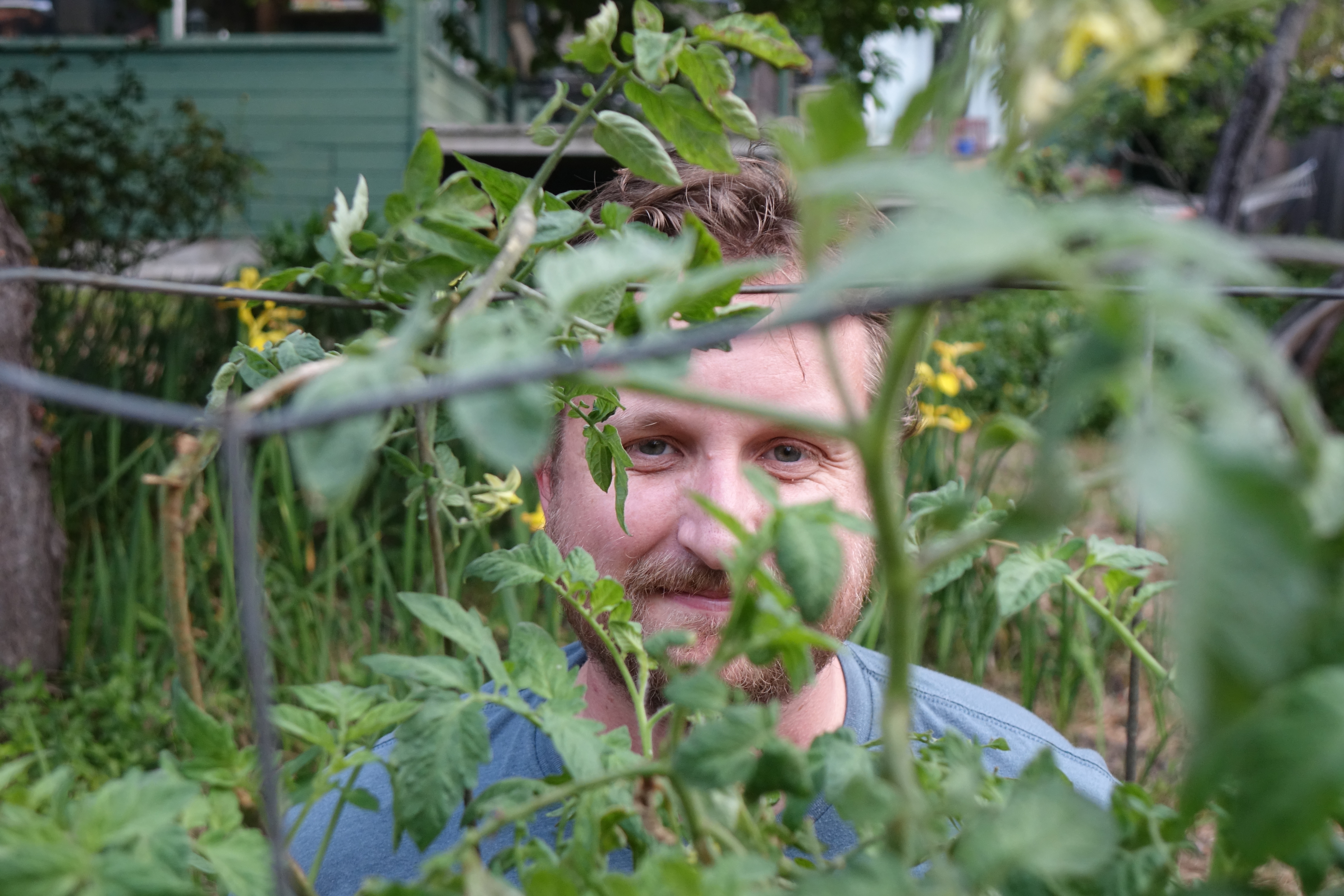It was three weeks into the lockdown when the anxiety hit. My brain — even on the best of days, not exactly a shining beacon of peace and tranquility — was suddenly full of worry. It felt a little like graduating college during the recession, only worse.
How would life be in an economy once again broken to bits? Was my job safe? Was my wife’s? Should we hold off on having kids? What will Santa Barbara look like after this? What will the world look like?
Of course, I still don’t have the answers to those questions, but I’ve found a way to dwell on them less. Vegetable gardening, when done right — not in terms of crop yield, but in terms of patience and attitude — refocuses the mind and brings some sunshine back into the heart. It doesn’t matter that I’m not great at it. (Our slug-eaten spinach and tomato-less tomato plant can attest to that.) It’s the process and the learning that feels good. Plus, it’s just nice to care for another living thing.
At first, I hesitated to get my hands dirty because our attempt last year at growing vegetables was so very frustrating, despite putting the raised bed in the perfect spot, properly amending the soil, and so on. The bell peppers and the eggplant failed to thrive. Something infected our corn. You could almost hear the gophers laughing, we made it so easy for them. I’d stand with my hands on my hips and just glare at the forlorn scene before me. But there were small victories, too. The chard grew like a champ, and the squash plant nearly swallowed us whole.
Wanting to see more output for our efforts, I enrolled over the summer in the Master Gardener Program through the University of California, a fun and easy series of classes on the ABCs of veggie cultivation. It was a relief to commiserate with others who’d suffered similar defeats and hear from people who actually know what they’re doing. Armed with the knowledge I’d gained — especially the importance of mulch and how to water enough but not too much — I dove back in last month when the weather turned warm.
This time, I’m trying to treat the problems that arise as challenges, not hassles. As I take deep breaths and go easier on myself and my plants, I’m being thoughtful instead of getting irritated. I’m experimenting with slug repellents (copper wire being one, beer traps another) and applying the right kind of tomato fertilizer. Soon, I’ll prune back our pretty but relentless cherry tree, the shadow of which keeps crawling over the bed. Without any bitterness, I’ll restart the habanero seedlings I’d carefully nurtured on the porch before they blew away.
Yes, the upkeep is a fresh-air form of distraction from the monotony and uncertainties of these often sad days, but it also offers small exercises in calm acceptance and steady determination. I can’t help but think those are the perfect kinds of lessons right now. It’s no wonder there’s an entire branch of psychology called horticultural therapy, or that peer-reviewed studies have proved that gardening improves mental health.
Whatever primeval catharsis we may get from shoving our hands in the soil and admiring little green beings as they reach for the light, I think I’m finding it. My thoughts and fears about the future have certainly quieted down. And if all else fails, we can always go back to chard and squash.




